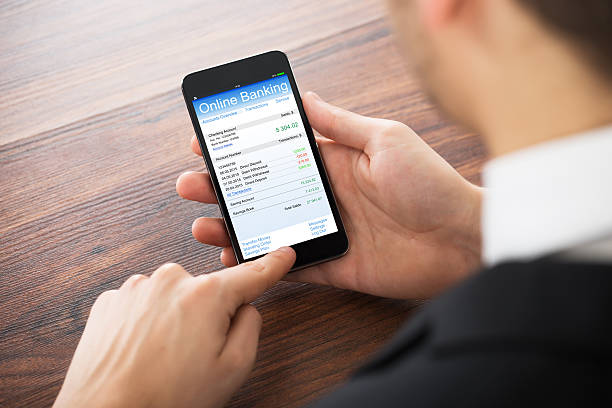Before making any changes, compile a list of all the automatic payments linked to your current bank account. This might include utility bills, subscription services, loan payments, insurance premiums, and more. Having a comprehensive list will help you avoid missing any payments during the transition.
Step 2: Contact Service Providers
Reach out to each service provider that deducts payments from your account. This could be done via their customer service hotline, website, or email. Inform them about your intent to change your bank routing number and ask about the necessary steps to update your payment information.
Step 3: Obtain New Routing Number
Obtain the routing number of your new bank. This information is usually available on your bank's website or through your online banking portal. If you're unsure, don't hesitate to contact your bank's customer service for assistance.
Step 4: Update Payment Information
Service providers often have different methods for updating payment information:
Online Accounts: For services with online accounts (like streaming platforms), log in and navigate to the payment settings. Update your routing number and account number according to the instructions provided.
Forms: Some service providers might require you to fill out a form to update your payment information. This could be done online or via a physical form.
Customer Service: In some cases, you might need to call customer service to update your information over the phone. They might guide you through the process or make the changes on your behalf.
Step 5: Verify Changes
After updating your routing number, it's essential to verify that the changes have been applied correctly. Check your accounts to confirm that the new bank routing number is associated with your automatic payments.
Step 6: Monitor Payments
As the transition takes place, keep a close eye on your bank statements and the accounts of the services you've updated. This ensures that payments are being processed correctly and that there are no unexpected issues.
Step 7: Address Any Issues Promptly
If you notice any missed or incorrect payments, address them promptly. Contact the service provider or your bank to rectify the situation and ensure that your financial obligations are met.
Step 8: Notify Your Old Bank
Once you've successfully transitioned your automatic payments to the new bank routing number, consider notifying your old bank of the change. This can help prevent any confusion or potential issues in the future.
Conclusion
Changing your bank routing number for automatic payments might require a bit of effort, but the benefits of a seamless transition outweigh the challenges. By proactively communicating with service providers, carefully updating your payment information, and monitoring the process, you can ensure that your automatic payments continue without disruption. With these steps in place, you can confidently manage your finances while embracing the convenience of automatic payments with your new bank routing number.
Frequently asked questions (FAQs) about routing numbers and account numbers, as well as how to change or update a bank routing number




